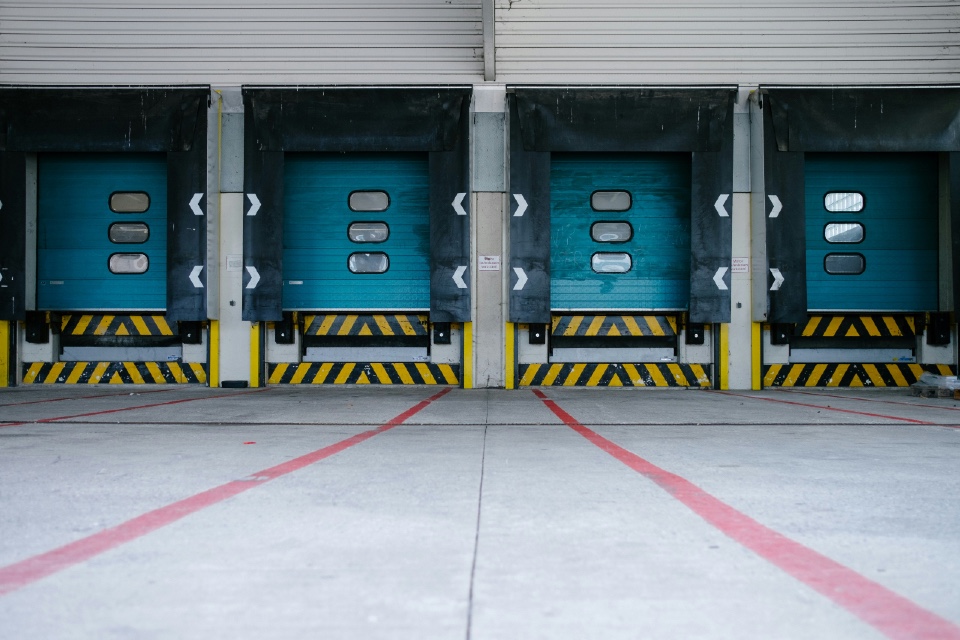Data and artificial intelligence (AI) are transforming distribution networks, allowing supply chain professionals to optimise efficiency, reduce costs, and enhance resilience. With rising consumer expectations, complex global supply chains, and increasing sustainability pressures, companies are already adopting AI-driven solutions to stay competitive. From predictive analytics to real-time tracking, here’s smarter distribution is shaping up…
1. Predictive Analytics for Demand Forecasting
Traditional demand forecasting methods often rely on historical sales data, making them vulnerable to sudden market changes. AI-powered predictive analytics enhances accuracy by analysing multiple data points, including:
- Real-time sales trends
- Weather patterns
- Macroeconomic indicators
- Consumer behaviour insights
By anticipating demand fluctuations, supply chain managers can adjust inventory levels and prevent overstocking or stockouts, ensuring more efficient distribution and reduced waste.
2. AI-Driven Route Optimisation for Cost-Effective Distribution
AI-powered logistics platforms use real-time data to optimise delivery routes, reducing fuel consumption, travel time, and carbon emissions. These systems factor in:
- Traffic congestion data for real-time rerouting
- Delivery time windows to meet customer expectations
- Vehicle capacity optimisation to maximise efficiency
By integrating AI-driven route planning tools, companies can achieve faster and more cost-effective distribution while improving last-mile delivery success rates.
3. Digital Twins for Distribution Network Simulation
Digital twin technology is becoming a useful tool in distribution management. A digital twin is a virtual replica of a distribution network, allowing supply chain professionals to simulate:
- Warehouse operations
- Delivery performance
- Supplier disruptions
By testing different scenarios, companies can identify bottlenecks and improve operational efficiency before implementing costly physical changes. This data-driven decision-making minimises risks and enhances supply chain resilience.
4. AI-Powered Warehouse Automation
AI is also improving warehouse distribution through automated picking, packing, and sorting systems. Technologies such as:
- AI-driven robotics streamline warehouse fulfilment processes
- Machine learning algorithms optimise storage layouts for faster retrieval
- Computer vision systems enhance inventory accuracy
By automating repetitive tasks, companies can reduce errors, speed up order processing, and cut labour costs, leading to faster and more reliable distribution.
5. Real-Time Supply Chain Visibility
AI-enabled real-time tracking systems provide supply chain managers with live insights into shipment locations, delivery progress, and potential delays. This transparency helps businesses:
- React proactively to disruptions
- Improve customer communication
- Strengthen supplier relationships
By leveraging AI and real-time data, companies enhance trust, minimise risk, and increase operational agility.
AI and data-driven solutions are redefining distribution networks, enabling supply chain professionals to achieve greater efficiency, cost savings, and sustainability. By investing in predictive analytics, route optimisation, digital twins, warehouse automation, and real-time visibility, organisations can create resilient, future-ready distribution systems that meet the demands of 2025 and beyond.
Are you searching for Distribution solutions for your organisation? The Total Supply Chain Summit can help!







